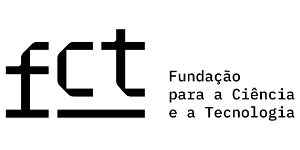Developing Countries
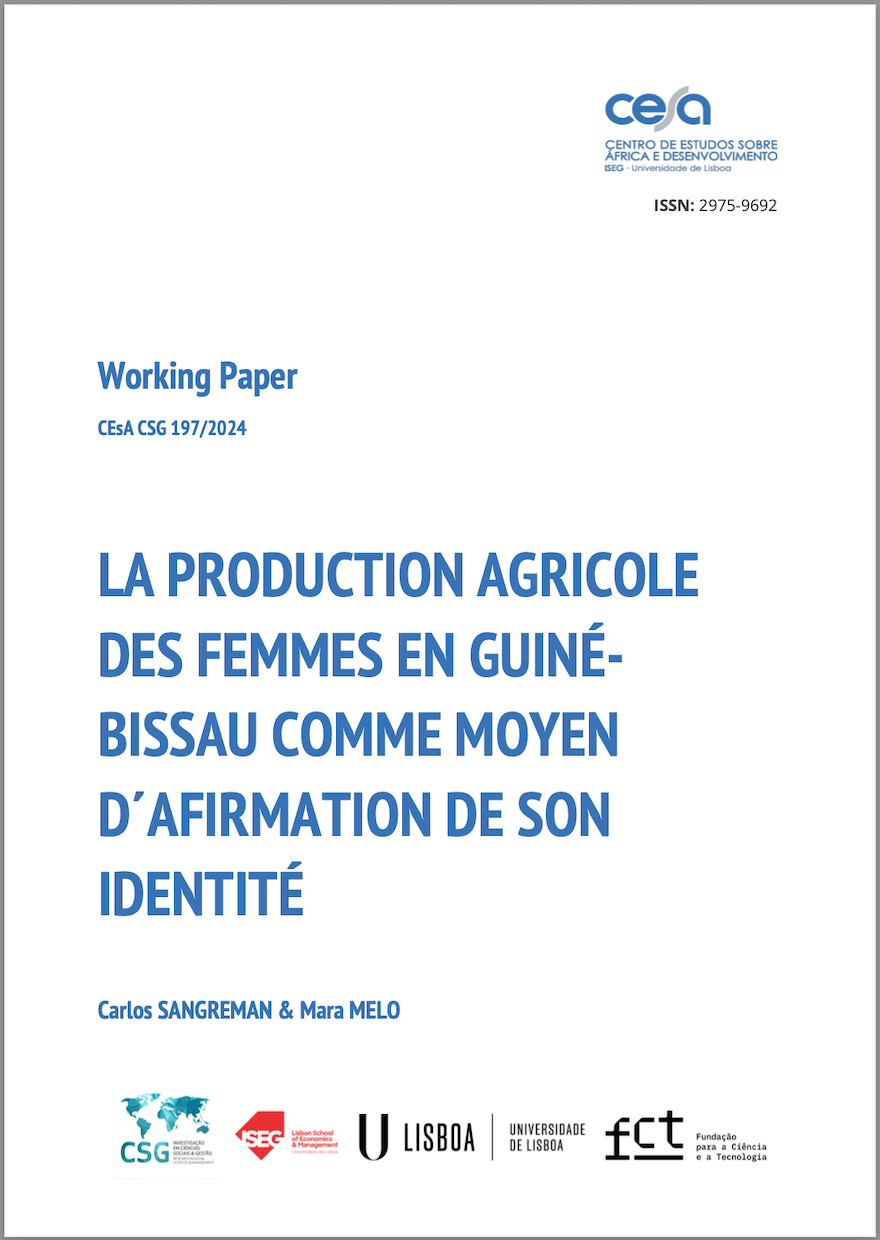
Working Paper 197/2024: La Production Agricole des Femmes en Guiné-Bissau comme Moyen d´Afirmation de son Identité
Abstract:
This working paper is an intermediate product of the study done for Swiss Cooperation in Guinea-Bissau, written in French without any point in Portuguese. What we demonstrate, as well as the principles of restitution and appropriation by the persons or institutions that access to respond to surveys or interviews, are words that do not translate into concrete actions for this Cooperation. The data were obtained by surveys and interviews in the regions of Bissau, Biombo, Bafatá, and Oio, with the producers (which also include a limited number of male producers) of leguminous agricultural products, in a sample of 160 people chosen at random. At the option of the promoter, the study focused on the marketing of products and not on production. To better understand the results, it must be said that this business model is not very profitable, but it is an activity that gives a greater independence of women in relation to men in the family space, since decisions about the use of profits belong to the producers. It also has a potential environment of action for the affirmation of the social (and not just family) identity of women that should not be despised although, as far as we can see, this is expressed for now only in the organization of associations of producers.
Cite this Working Paper:
Sangreman, C. e Melo, M. (2024). “La Production Agricole Des Femmes En Guiné-Bissau Comme Moyen D´Afirmation De Son Identité”. Instituto Superior de Economia e Gestão – CEsA/CGS – Documentos de trabalho nº 197/2024
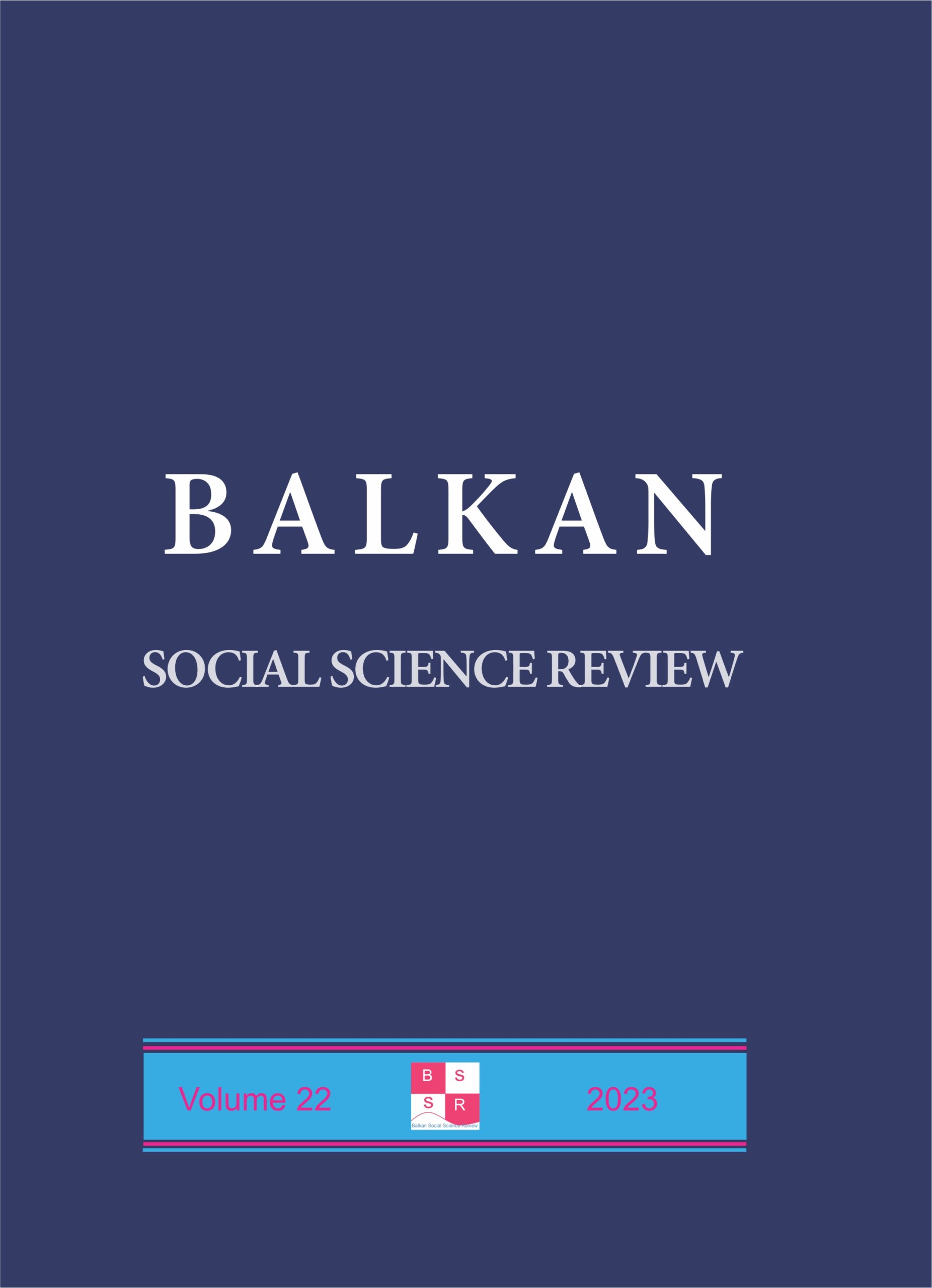
Understanding Social Realities of Internally Displaced Persons (IDPs) in the Federal Capital Territory of Nigeria (FCT), Abuja
Abstract:
This article examines the social realities of forcibly displaced persons in Nigeria, with a focus on internally displaced persons (IDPs) in the Federal Capital Territory (FCT) of Nigeria, Abuja. Internally displaced persons are individuals who have been forced from their homes or habitual places of residence and, unlike refugees, have not crossed the borders of their country. They remain under the primary protection of their governments and often seek refuge in their own countries. This study draws on secondary data sources and primary data collected from two IDPs campsites, arguing that most IDPs in the FCT, displaced by the Boko Haram insurgency live in makeshift and inhumane informal settlements in the peri-urban areas of Abuja City. These settlements also host the urban poor and other economic migrants in the country’s capital, occasionally leading to conflicts between them. The paper calls for the government to recognise the presence and condition of IDPs in the FCT and to work with relevant organisations to provide durable solutions to ensure that displaced persons can once again become productive members of society.
Cite this article:
BA-ANA-ITENEBE, C. A.; EDO, Z. O. (2023). Understanding Social Realities of Internally Displaced Persons (IDPs) in the Federal Capital Territory of Nigeria (FCT), Abuja. In: Balkan Social Science Review, Vol. 22, 213-231. https://doi.org/10.46763/BSSR232222213bai
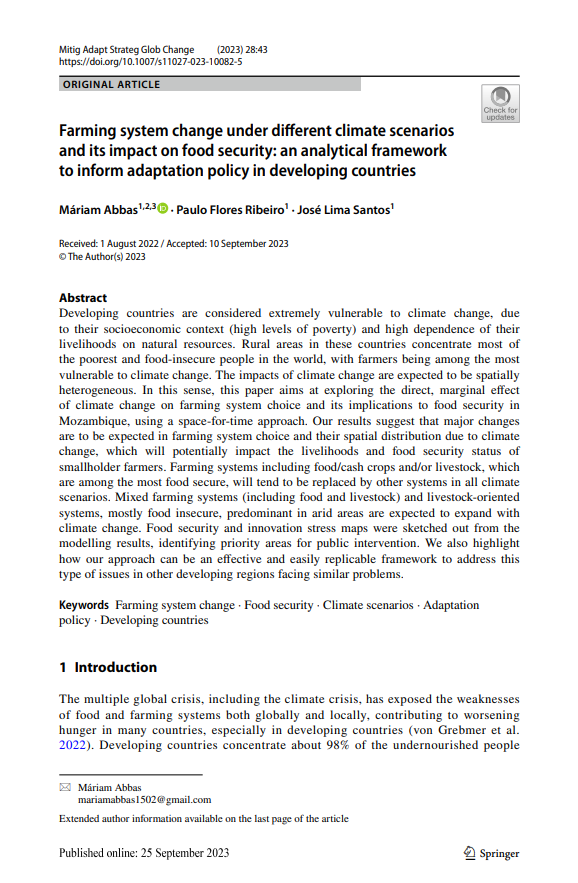
Farming System Change Under Different Climate Scenarios and its Impact on Food Security: an analytical framework to inform adaptation policy in developing countries
Abstract:
Developing countries are considered extremely vulnerable to climate change, due to their socioeconomic context (high levels of poverty) and high dependence of their livelihoods on natural resources. Rural areas in these countries concentrate most of the poorest and food-insecure people in the world, with farmers being among the most vulnerable to climate change. The impacts of climate change are expected to be spatially heterogeneous. In this sense, this paper aims at exploring the direct, marginal effect of climate change on farming system choice and its implications to food security in Mozambique, using a space-for-time approach. Our results suggest that major changes are to be expected in farming system choice and their spatial distribution due to climate change, which will potentially impact the livelihoods and food security status of smallholder farmers. Farming systems including food/cash crops and/or livestock, which are among the most food secure, will tend to be replaced by other systems in all climate scenarios. Mixed farming systems (including food and livestock) and livestock-oriented systems, mostly food insecure, predominant in arid areas are expected to expand with climate change. Food security and innovation stress maps were sketched out from the modelling results, identifying priority areas for public intervention. We also highlight how our approach can be an effective and easily replicable framework to address this type of issues in other developing regions facing similar problems.
Quotation:
Abbas, M., Ribeiro, P.F. & Santos, J.L. Farming System Change Under Different Climate Scenarios and its Impact on Food Security: an analytical framework to inform adaptation policy in developing countries. Mitig Adapt Strateg Glob Change 28, 43 (2023). https://doi.org/10.1007/s11027-023-10082-5
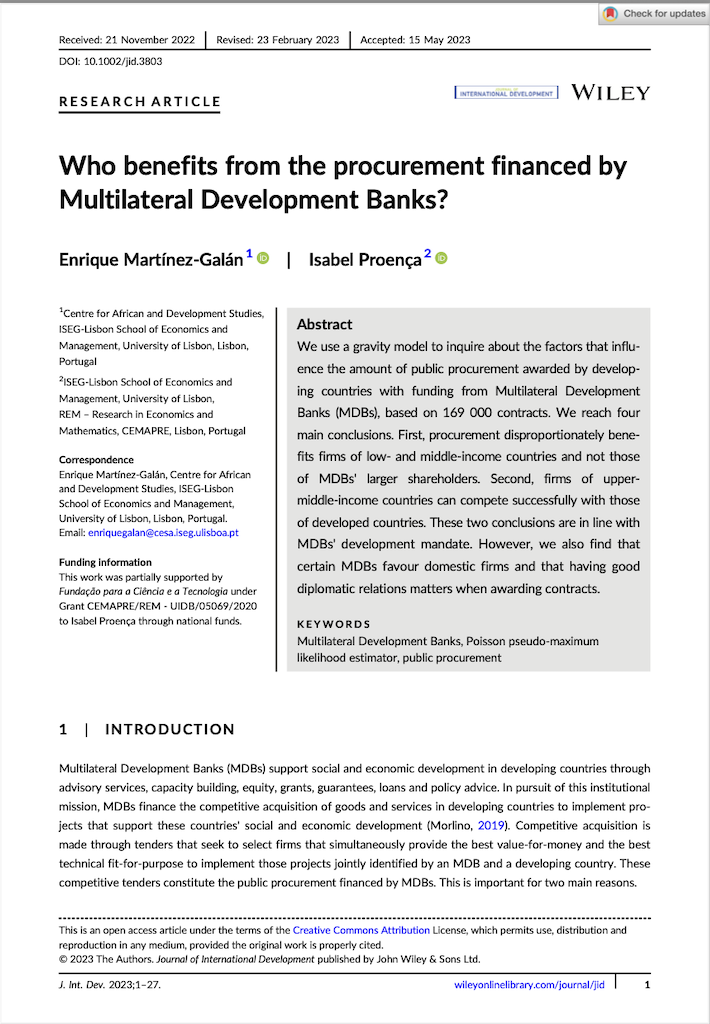
Who Benefits from the Procurement Financed by Multilateral Development Banks?
Abstract:
We use a gravity model to inquire about the factors that influence the amount of public procurement awarded by developing countries with funding from Multilateral Development Banks (MDBs), based on 169 000 contracts. We reach four main conclusions. First, procurement disproportionately benefits firms of low- and middle-income countries and not those of MDBs’ larger shareholders. Second, firms of uppermiddle- income countries can compete successfully with those of developed countries. These two conclusions are in line with MDBs’ development mandate. However, we also find that certain MDBs favour domestic firms and that having good diplomatic relations matters when awarding contracts.
Quotation:
Martínez-Galán, E., e Proença, I. (2023). Who benefits from the procurement financed by multilateral development banks? Journal of International Development, 1– 27. https://doi.org/10.1002/jid.3803
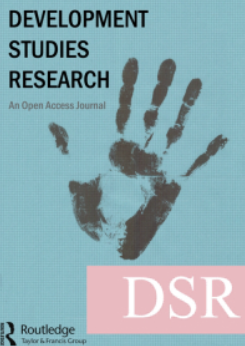
Identifying differences and similarities between donors regarding the long-term allocation of official development assistance
Abstract:
Advanced countries have pledged to mobilize additional financial resources to developing countries, including funding from multiple sources other than official development assistance (ODA), known as foreign aid. However, the effect of the novel coronavirus pandemic has raised doubts about the feasibility of such a pledge, highlighting, once again, the possible role of ODA and the importance of explaining its allocation, which could be of vital relevance for understanding its effectiveness. Identifying differences and similarities between donors regarding the long-term allocation of official development assistance analyzes a vast number of bilateral and multilateral donors by applying a novel methodology in the context of aid allocation – principal-component factor analysis – covering the period 1990–2015. The results revealed four distinct clusters of donors: (i) the proportionally largest Western European donors, characterized by a significant number of beneficiaries, especially low-income countries; (ii) donors that are predominantly driven by structural links with recipients, especially links derived from colonial connections; (iii) a group of mainly Eastern European donors who are engaged with lower-income countries in Eastern Europe and Western Asia; and (iv) a group of Asian and Oceanian donors that select their partners mainly based on the geographical proximity criterion.
Quotation:
Paulo Francisco, Sandrina B. Moreira & Jorge Caiado (2021) Identifying differences and similarities between donors regarding the long-term allocation of official development assistance, Development Studies Research, 8:1, 181-198, DOI: 10.1080/21665095.2021.1954965
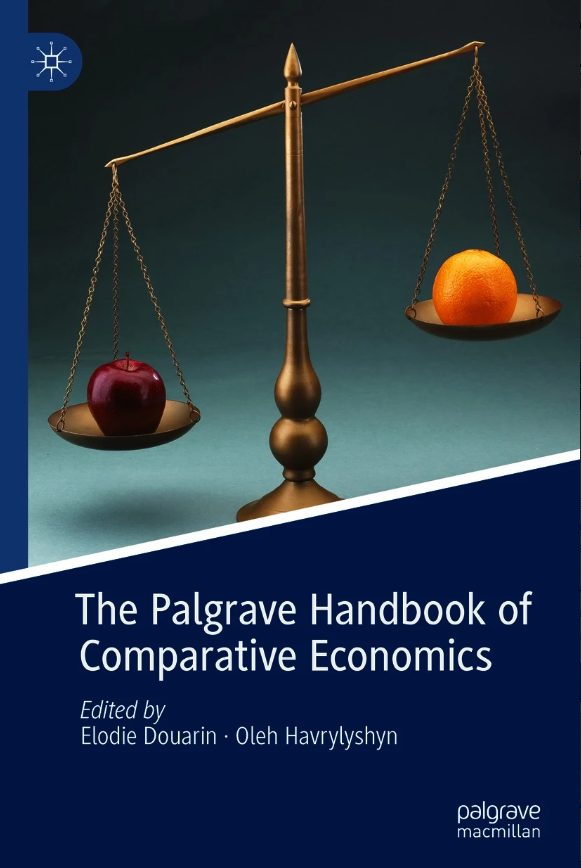
Reform Design Matters: The Role of Structural Policy Complementarities
Abstract:
In this chapter, Reform Design Matters: The Role of Structural Policy Complementarities, we discuss possible interactions across structural policy domains. While relatively more studied in the context of the post-communist transition literature, our survey suggests that relationships of this type hold more generally and can be important to improve our understanding of the relationship between structural reforms and long-run economic growth. Given its potential relevance for the design of successful reform packages, exploring in a more exhaustive way the notion that the effect of a given reform on economic growth depends on the progress made in other policy areas should be a priority point for future research. This may be particularly relevant to help unlock the growth potential of many developing and emerging countries, namely concerning their integration in the global economy. The authors would like to thank Elodie Douarin and Oleh Havrylyshyn for very useful comments on the first draft of this paper. The views expressed in this paper are those of the authors and do not necessarily reflect those of the OECD and its Member countries. Rocha acknowledges financial support from Fundação para a Ciência e Tecnologia (Portugal) through research grant UIDB/05069/2020.
Citação:
Oliveira-Martins, J., da Rocha, B.T. (2021). Reform Design Matters: The Role of Structural Policy Complementarities. In: Douarin, E., Havrylyshyn, O. (eds) The Palgrave Handbook of Comparative Economics. Palgrave Macmillan, Cham. https://doi.org/10.1007/978-3-030-50888-3_19
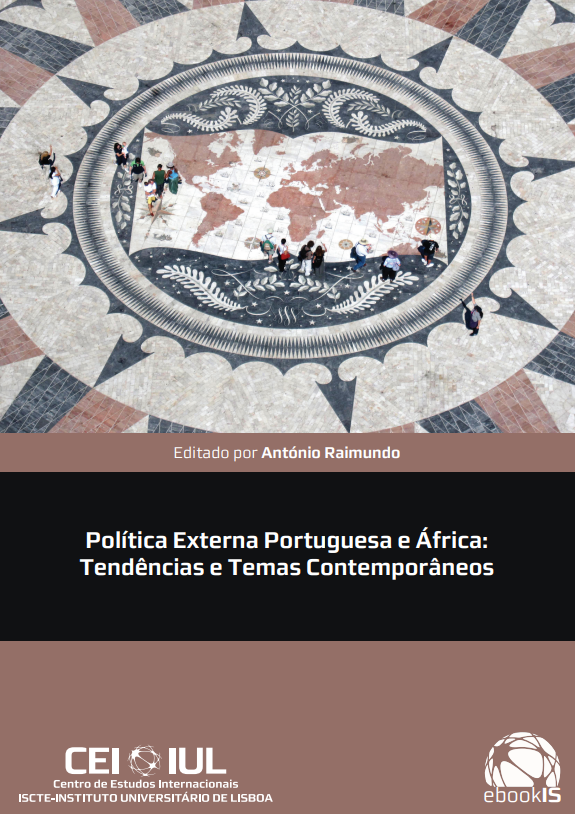
Portugal e o Bazar Africano: Mapeando trocas comerciais, fluxos de investimento e de ajuda ao desenvolvimento
Abstract:
Authored by Luís Mah, Portugal e o bazar africano: Mapeando trocas comerciais, fluxos de investimento e de ajuda ao desenvolvimento (with Rodrigo Ferreira do Amaral and Tcherno Baldé) is the fifth chapter of the e-book “Política Externa Portuguesa e África: Contextos e Tendências Contemporâneo” by A, Raimundo. In recent decades, Africa has gone from a ‘hopeless’ continent to an attractive and potential frontier market. The rapid economic changes in the region have benefited from new patterns of global engagement, involving emerging economies such as China or India. These developments have promoted increasing South-South cooperation, with several African countries seeking greater integration into the world economy. This chapter begins by analysing the current African economic context. Next, it explores how Portugal has developed its economic presence and cooperation on the continent since the mid-1970s, considering three indicators: trade, investment and development aid. Finally, the article assesses the challenges and opportunities for Portugal’s economic relations with Sub-Saharan Africa.
Quotation:
Mah, Luís (2019). Portugal e o bazar africano: Mapeando trocas comerciais, fluxos de investimento e de ajuda ao desenvolvimento (com Rodrigo Ferreira do Amaral e Tcherno Baldé) Em Política Externa Portuguesa e África: Contextos e Tendências Contemporâneo editado por António Raimundo, Lisboa: Centro de Estudos Internacionais, ISCTE-Instituto Universitário de Lisboa. ISBN 978-989-781-168-5. Cap. 5. pp. 121-139.
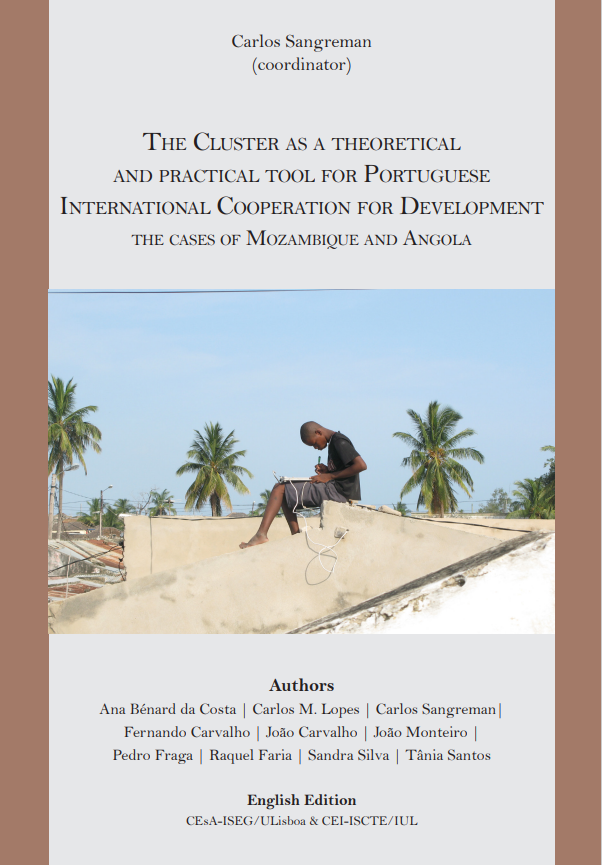
The Cluster as a Theoretical and Practical Tool for Portuguese International Cooperation for Development: The cases of Mozambique and Angola
Abstract:
The Cluster as a theoretical and practical tool for Portuguese International Cooperation for Development: the cases of Mozambique and Angola seeks to provide a contribution towards knowledge of the theory and practical effects of the new instrument in the hands of Portu¬guese cooperation for development – clusters in cooperation – both in re¬gard to the countries receiving international aid and in terms of the effect that its creation and implementation may have, through what we can call the “boomerang effect”, on the reform of public and private cooperation institutions in Portugal, above all at the Instituto de Apoio ao Desenvol¬vimento (the Development Support Institute – IPAD). As for the theoretical side, we maintain that it is only the connection of this concept to benchmarking, as it is taken to mean in the reform of public administration currently underway, that will turn it into a real poli¬cy measure, as opposed to virtual measures that are announced and never put into practice. Then it can provide an innovative contribution to the re¬form of public institutions and the non state actors who make up the field for Portuguese cooperation, which operates within the current framework of international consensus about the area, and the public administration reform policy of the current government. In terms of practical operations, we maintain that that this should be achieved by a flexible model that is perfectly feasible and not in any way Utopian. With this model, cooperation programmes can be developed which are the tailor made for the priorities in each country. This can be carried out by using the methodology of partnership and the evaluation of those results that give the best quality and are the most participative possible in all the phases of identification, conception, implementation and evaluation. This means keeping in mind the Portuguese political op¬tions and those of the partner countries, as well as the coherence, consis¬tency and institutional capacity of both sides. Experiences are needed of other countries that finance cooperation, and reference must be made to the most advanced cluster in Portugal – the project for the Island of Mozambique – as well as putting forward proposals for making the clusters operational. These can form a template of what Portugal can set out for the countries with which it is coopera¬ting, and can then also be extended to what we think could be the trans¬formations in Portuguese institutions of the “field” in the light of the ideas expressed here.
Quotation:
Sangreman, C., coord. (2017). The Cluster as a theoretical and practical tool for Portuguese International Cooperation for Development: the cases of Mozambique and Angola. Lisboa: ISEG – CEsA & CEI-ISCTE/IUL.
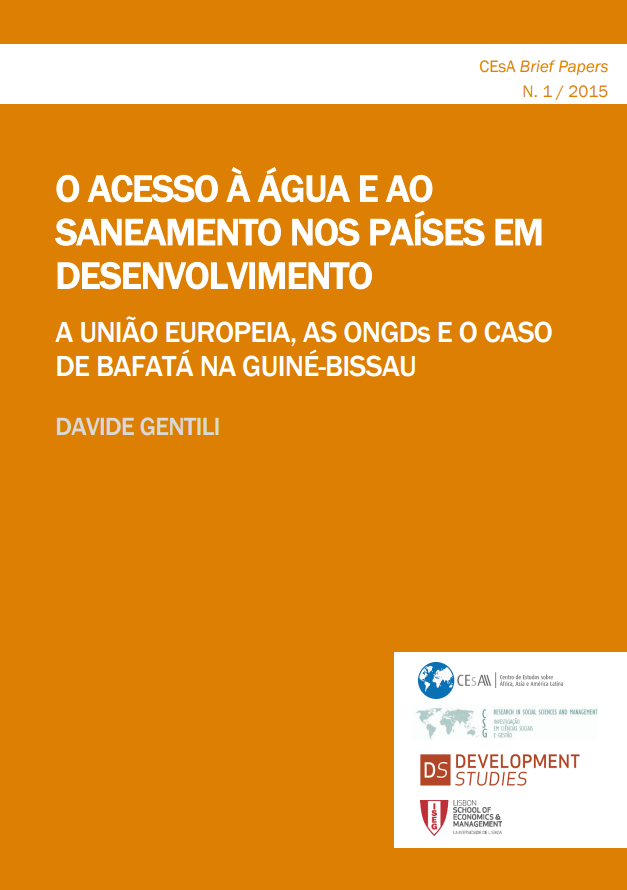
Brief Paper 1/2015: O Acesso à Água e ao Saneamento nos Países em Desenvolvimento: a União Europeia, as ONGDs e o caso de Bafatá na Guiné-Bissau
Abstract:
O acesso à água e ao saneamento nos países em desenvolvimento : a União Europeia, as ONGDs e o caso de Bafatá na Guiné-Bissau is born from the readaptation of the master’s thesis “Access to water and sanitation in developing countries: the European Union, NGDOs and the case of Bafatá in Guinea Bissau” carried out during 2014 and defended in November of the same year. The work is part of the theme of international cooperation with Developing Countries (DP) in the sector of water, sanitation and hygiene (WASH)3 and aims to investigate how good practices, agreed by international donors, for access to water and sanitation, influence the work of NGDOs operating in this sector. Thus, we sought to analyze how the European Union (EU), the most important donor in the WASH sector at an international level, has influenced the work in the WASH sector of the Portuguese NGDO – TESE – Associação para o Desenvolvimento. We tried to observe how TESE interprets the EU guidelines in the WASH sector, trying to understand if there is a blind adaptation to the guidelines in order to capture the funds, or if, on the contrary, there is a vision that guides the actions of TESE independently the availability of funding. In the first decade of the 2000s, the EU has strengthened its commitment to the WASH sector, funding numerous cooperation projects and actively contributing to the international political debate. Among the criteria that led to the choice of TESE, in addition to its geographical proximity and the opportunity to collaborate with the organization’s members, is the fact that it is one of the few NGDOs in Portugal committed to cooperation in the WASH sector in the Portuguese-speaking space. This, over the last decade, has established itself as a reference organization in the panorama of Portuguese NGDOs, being involved in several projects in the water and sanitation sector. Since its birth until today, there has been a substantial evolution of the organization, which now has a stable structure and well-defined objectives. Over time, TESE defined an intervention model specific to the organization. Among the projects carried out, one stands out, Bafatá Misti Iagu (BMI), co-financed by the EU in Bafatá, Guinea Bissau (GB). This will be the object of analysis as a case study. Between February and May 2014, the daily work of the TESE headquarters in Lisbon was monitored. Documents guiding EU cooperation and funding lines in the WASH sector were analyzed and compared with the results of the case study on Bafatá, writing the intervention context of the BMI project. from the analysis of documents of the projects carried out by TESE, from the evaluations of the projects and from the interviews carried out with current and previous members of the NGDO5. The comparison was mainly focused on: (1) the desired objectives, the target groups, the proposed actions and the approach promoted in the actions; (2) the approach to the key issues of access and management of water services. Here, we sought to compare the principles inherent to institutional and management issues (What is the resource management model that is promoted?), social and economic (What is the value attributed to water, in equity, in human rights, in gender equity? , in the quality of services promoted, and in questions of ownership, price, pricing of services?), and finally environmental, information, education, communication and technology6. This analysis resulted in a substantial approximation between the EU guidelines and the projects carried out by TESE. This result becomes more interesting considering that the line of financing with which TESE financed the BMI project in 2009 did not include specific guidelines on the water sector and the definition of objectives, expected results, activities and more in general. approach and is not subject to EC eligibility criteria in the WASH sector. Regarding the desired objectives, target groups, proposed actions and the approach promoted in the actions, there is a high correspondence of vision. TESE’s actions encompass both an infrastructural component (construction and rehabilitation of infrastructure, implementation of pollution prevention and water protection measures), and measures aimed at improving resource management in order to guarantee the durability of the intervention (awareness of the correct use of resources and education for hygiene, strengthening and management of institutions in the water sector). Among the measures shared by the EU and TESE aimed at resource management is the demand management, which, however, was not applied indiscriminately in the projects carried out by TESE, and each time there was a prior identification of the context and the your needs. The affinity of vision between EC and TESE remains constant, albeit with some difference, looking at the key access and management principles applied in the implementation of the BMI project (See Table A). This did not come about through the opening of a line of financing, but through the identification of the needs and opportunities for cooperation in Bafatá, in a perspective of complementarity and integration with other ongoing initiatives. The expected results were not defined to meet the eligibility conditions of the Call for Proposal -CfP-, but to have the best impact from the point of view of economic, human and environmental sustainability. The definition of these results derives from TESE’s own intervention pattern, which may change according to the context and requirements of the financing lines, but which in substance is not changed. Through the analysis of the projects carried out by TESE, it was possible to identify an intervention model of the organization. This model, the common thread between the projects, is an integral part of its cooperation strategy. Taking into account what has been observed, it can be said that TESE has a vision that guides its actions in the WASH sector, not limiting itself to applying ipsis verbis what is required in the EC CfPs. However, as we have seen, there is a good match between the objectives and good practices approved by the EC and the vision and work of TESE. Comparing the objectives, principles and proposed actions, it can be deduced that, taking as an example the application of the demand management principle, there is no implementation of internationally recognized good practices without a prior analysis of the intervention context.
Quotation:
Gentili, Davide (2015). “O acesso à água e ao saneamento nos países em desenvolvimento : a União Europeia, as ONGDs e o caso de Bafatá na Guiné-Bissau”. Instituto Superior de Economia e Gestão – CEsA Brief papers nº 1-2015.
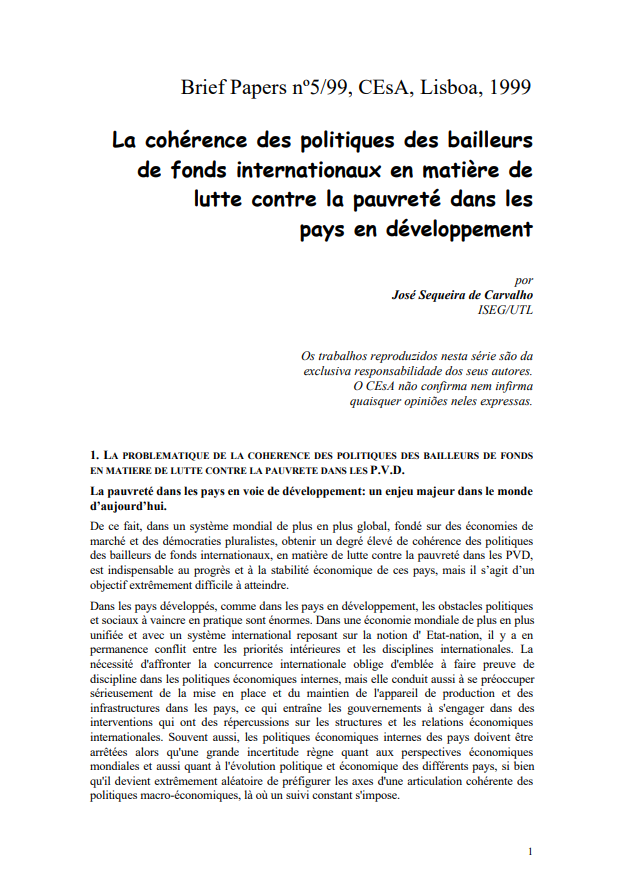
Brief Paper 5/1999: La Cohérence des Politiques des Bailleurs de Fonds Internationaux en Matière de Lutte Contre la Pauvreté dans les Pays en Développement
Abstract:
Poverty in developing countries is a major challenge in today’s world. In La cohérence des politiques des bailleurs de fonds internationaux en matière de lutte contre la pauvreté dans les pays en développement, we explore how in an increasingly global system based on market economies and pluralistic democracies, achieving a high degree of policy coherence among international donors in the fight against poverty in developing countries is essential for the progress and economic stability of these countries, but is an extremely difficult objective to achieve. In both developed and developing countries, the political and social obstacles to be overcome in practice are enormous. In an increasingly unified global economy and with an international system based on the nation-state, there is a constant conflict between domestic priorities and international disciplines. The need to compete internationally requires discipline in domestic economic policies from the outset, but also leads to serious concerns about building and maintaining the productive apparatus and infrastructure within countries, which leads governments to engage in actions that affect international economic structures and relations. In many cases, domestic economic policies have to be decided in the face of great uncertainty about the global economic outlook and political and economic developments in individual countries, making it extremely difficult to predict the direction of coherent macroeconomic policies, where constant monitoring is required.
Quotation:
Carvalho, José Sequeira de. 1999. “La cohérence des politiques des bailleurs de fonds internationaux en matière de lutte contre la pauvreté dans les pays en développement”. Instituto Superior de Economia e Gestão – CEsA Brief papers nº 5-1999.




